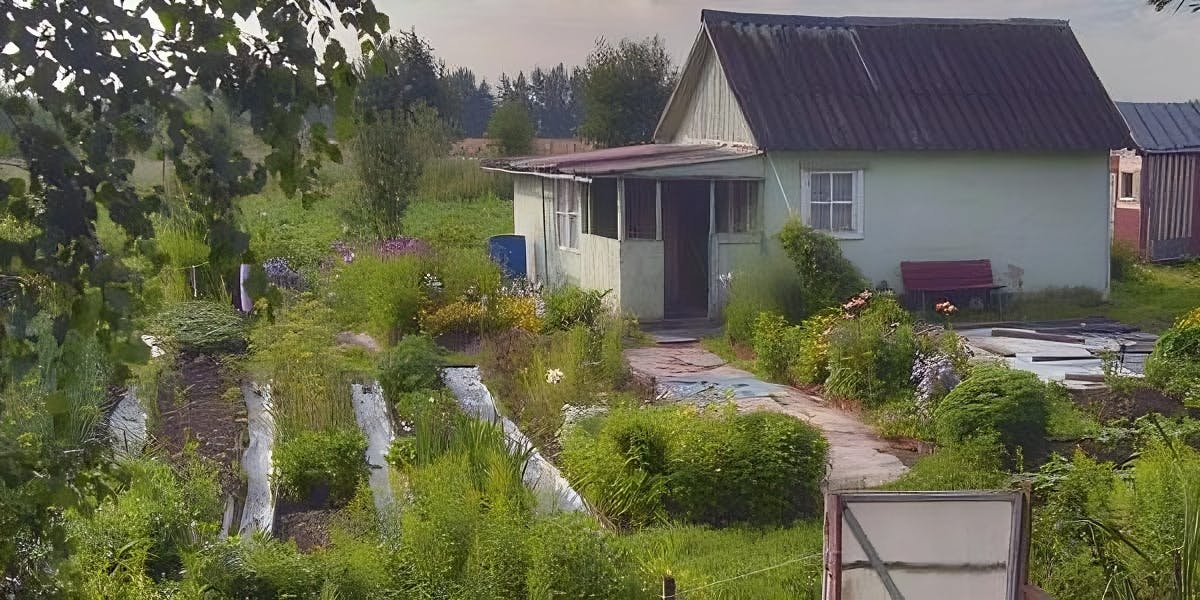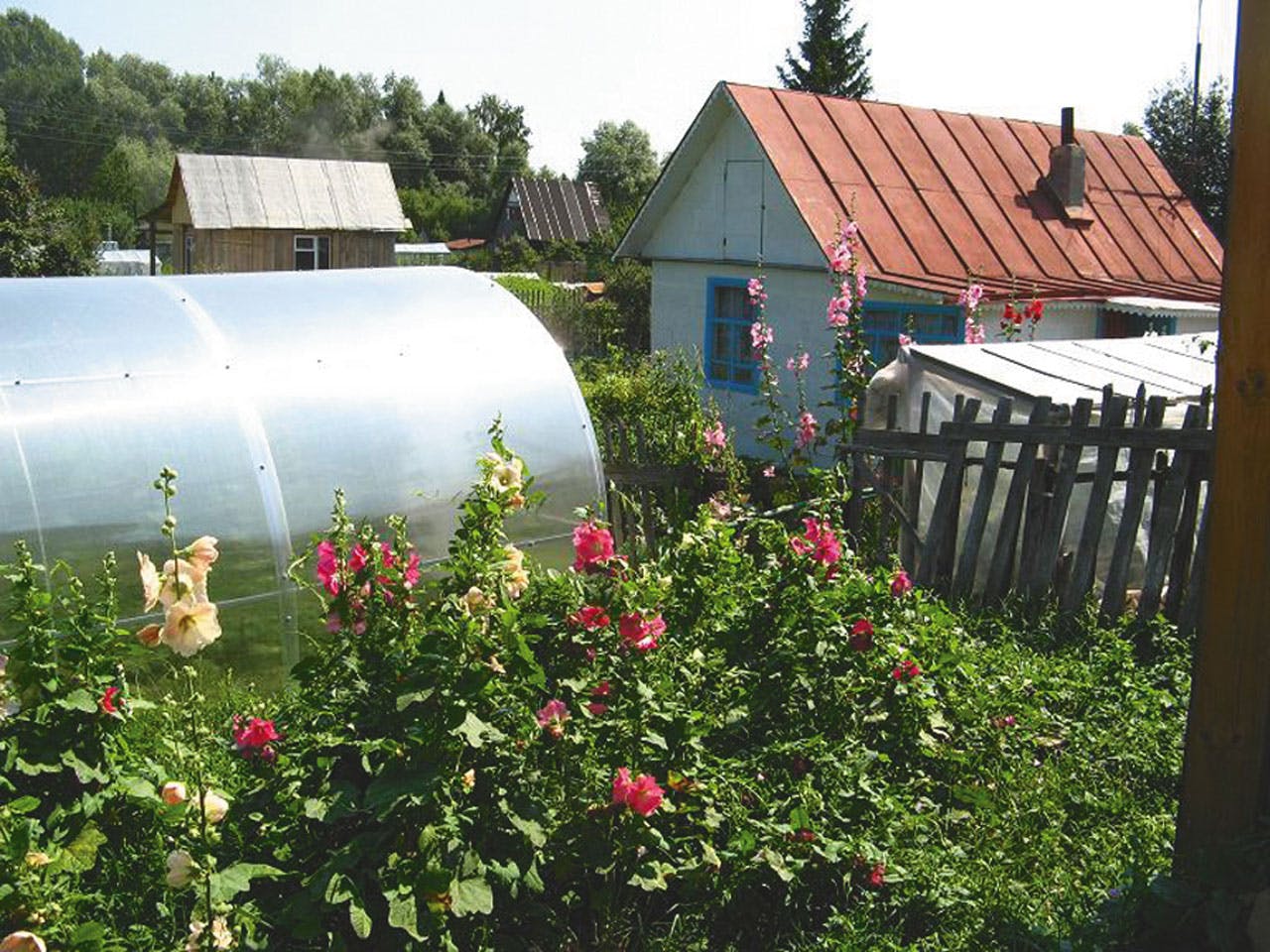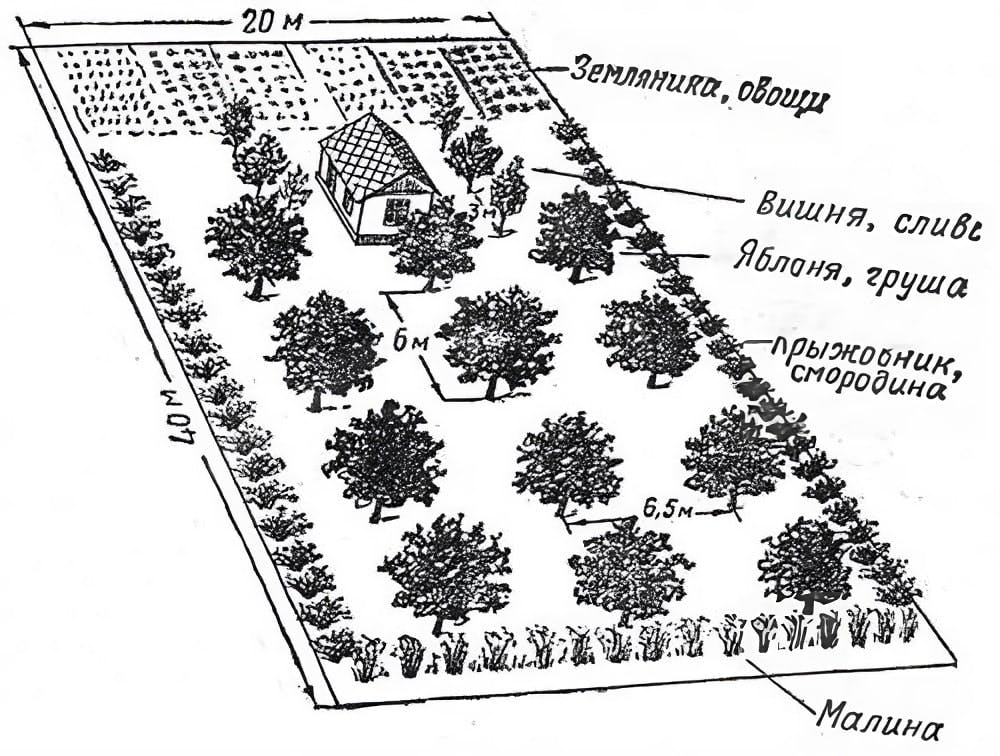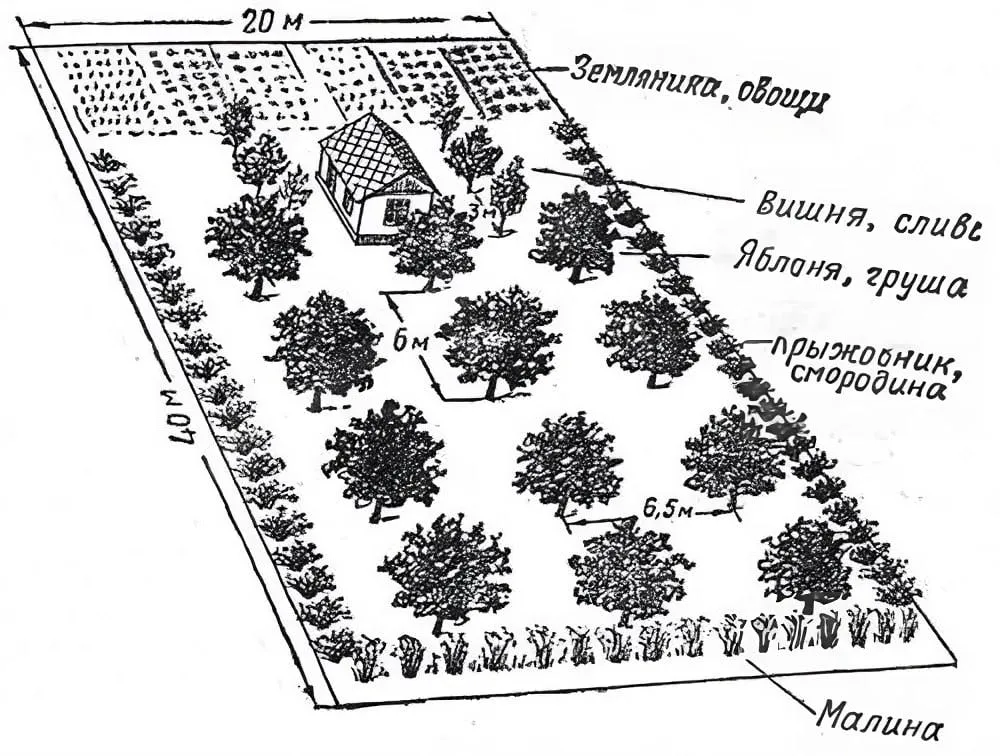At Davis Regenerative, we're always looking for proven models of regenerative agriculture that can transform how we think about food security and sovereignty. One of the most compelling yet overlooked examples comes from an unexpected place: Russia's household farms and gardens.
The Power of Small-Scale Agriculture
While industrial agriculture dominates the global conversation around feeding the world, Russia's household farming sector tells a different story. Over 35 million Russian families (approximately 66% of households) maintain small garden plots averaging just 0.12 hectares (about 0.3 acres). These micro-scale operations collectively produce over 50% of the nation's agricultural output on only 3% of its agricultural land.
Let that sink in for a moment.

Nearly half of Russia's food supply comes not from sprawling industrial farms but from household plots, many of which are smaller than the average American backyard. These small-scale farms are remarkably efficient, producing about 40 times more food per acre than industrial operations. Operating without reliance on heavy machinery or external resources, they embody a low-input, self-sustaining approach. Most of these farms use organic methods, making them largely chemical-free.
These household plots have proven to be incredibly resilient, enduring major political and economic upheavals without the need for government subsidies. Their productivity and independence highlight an alternative model of agriculture that prioritizes sustainability, self-reliance, and environmental stewardship over industrial scale.

Beyond Production: The True Value of Household Farming
What sets this model apart as truly revolutionary is not just its impressive productivity but the wide-ranging benefits it delivers.
Economically, it fosters resilience through food self-sufficiency, reducing dependence on external systems.
Socially, it strengthens bonds within communities through networks of food sharing.
Culturally, it preserves a deep connection to traditional growing methods, keeping heritage alive.
Environmentally, these practices promote stewardship by relying on organic, sustainable methods that protect the land.
At the family level, shared, meaningful work on these plots contributes to stability and unity. Collectively, this model enhances community food security by prioritizing local production, creating a more sustainable and interconnected society.
Reimagining American Food Systems
The Russian household farming model offers powerful lessons for reimagining food production in America. While the current regenerative agriculture movement focuses primarily on small-scale commercial farms and farmers' markets—what we might call micro-farming—there's an even more revolutionary scale possible: nano-farming.

Micro vs. Nano: A Critical Distinction
The micro-farming movement has shown that sustainable, organic alternatives to industrial agriculture are not only possible but viable. Through farmers' markets and CSAs, small farms have proven their ability to produce healthy food while fostering local economies. However, this model remains dependent on several factors: commercial farmers growing for others, access to rural or semi-rural land, transportation and distribution networks, and market-based exchanges.
Nano-farming takes this concept further by empowering families to grow food primarily for themselves, even in urban environments. This approach eliminates the divide between producer and consumer, enables food production wherever people live, removes the need for transportation, and reduces reliance on monetary exchange. Rather than replacing small farms, nano-farming complements them, adding a layer of food sovereignty that is accessible to all, regardless of location.
Nano-Farming in Practice

Even in dense urban environments, nano-farming opportunities abound:
Individual Scale
- Window-mounted hydroponic systems
- Balcony container gardens
- Indoor grow spaces with LED lighting
- Kitchen herb gardens
- Apartment-scale composting
Building Scale
- Rooftop community gardens
- Vertical growing on exterior walls
- Shared greenhouse spaces
- Basement mushroom cultivation
- Building-wide composting systems
Neighborhood Scale
- Converted parking lots
- Urban food forests
- Community orchards
- Shared tool libraries
- Seed and harvest exchanges
The Path Forward
At Davis Regenerative, we believe the future of food security lies in embracing both micro and nano-farming scales. While small commercial farms remain vital for certain crops and communities, the Russian model shows us that family-scale nano-farming can form the backbone of a nation's food security.
We're working to adapt these principles to the American context through our regenerative design services. Whether you're looking to transform your apartment balcony into a productive nano-farm, your backyard into a food forest, or create a neighborhood-scale growing system, we can help you apply these time-tested principles to create resilient, regenerative food systems at any scale.
The seeds of food security aren't found in larger tractors or stronger chemicals - they're found in millions of small gardens, from rural homesteads to urban apartments, tended by families growing food in harmony with nature. Let's learn from this proven model and build a more secure and sustainable food future, one garden at a time.
Ready to start your regenerative journey? Contact us to learn how we can help you create your own productive micro-farm or community food system.
